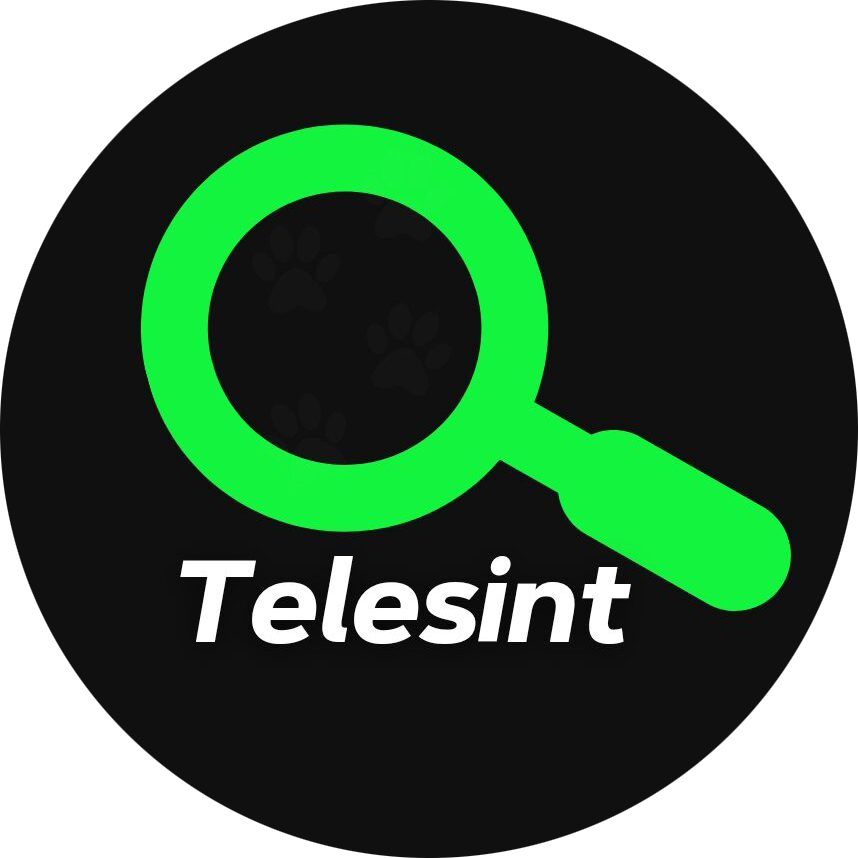On this page, we have gathered the most frequently asked questions for you. Have you read the FAQ but still have an unresolved question? Contact our customer support or use the feedback form on the website.
General information
Our bot allows you to find information about the groups a user is a member of. The search is conducted using our own databases and may not be comprehensive. Please note that groups should not be confused with channels.
How to use the bot:
🔵 Each new user is initially given 3 requests.
🔵 To find information about a user, simply send their ID, username, a link to a message in an open group, contact, or forward a message from them. The bot will try to find them in its database and suggest a search.
🔵 You can earn additional requests. To do this, send the bot a link to any group. If the group is not in our database yet and has more than 20 members, you will receive 3 requests.
🔴 Do not search for users by name through the bot. If you need such assistance, please contact https://t.me/TeleSINT_help_bot.
🔴 The bot does not search by phone number. The bot can only show a user's phone number if it is in our database. Reverse phone number lookup will not work.
❓ The groups you add will be processed manually later.
❓ If the bot cannot find someone, it means they are not in our database yet.
Chat - https://t.me/TeleSINT_chat
Support - https://t.me/TeleSINT_help_bot
For all questions, please contact https://t.me/TeleSINT_help_bot.
About groups and channels
Channels in Telegram serve as platforms for administrators to communicate with their audience. Channels are often used for hosting news platforms. Subscribers in channels cannot see each other. An example of a channel is https://t.me/osint_club.
Channels in Telegram serve as platforms for administrators to communicate with their audience. Channels are often used for hosting news platforms. Subscribers in channels cannot see other subscribers. An example of a channel is https://t.me/osint_club.
What data do we work with?
Each user receives a unique ID upon registration. Regular users cannot obtain anything using this ID. It is used by channel, group, and bot administrators to interact with their users.
The user's ID is constant and cannot be changed, even by changing the username, phone number, or deleting the account.
You cannot obtain an ID through Telegram's standard features. However, some bots, such as your bot @TeleSINT_bot, are capable of working with all types of Telegram user data.
Additionally, third-party Telegram clients like Bgram or Graph Messenger also have this functionality.
Every user can specify a unique name for themselves, making it easier to find them. Typically, they do this using "@" followed by the name. For example, @username. You can remove or change your username an unlimited number of times.
Many users prevent the display of information about themselves when forwarding messages. To find the user ID who left a message in an OPEN group, you need to obtain the URL of that message. To do this, click on the message and select "Copy link." As a result, you will receive a link in the format "https://t.me/TeleSINT_chat/1.
‼️Please note that after "t.me/", there is the group's URL. Links in the format "https://t.me/c/123/456," where "c/" comes after "t.me/," will NOT be accepted!
‼️Please note that after "t.me/", there is the group's URL. Links in the format "https://t.me/c/123/456," where "c/" comes after "t.me/," will NOT be accepted!
Telegram has its own address book, which can be populated either manually or by importing phone numbers from your device's address book. When you add an account to Telegram, you will either receive a notification that the user is not present in Telegram, or you will be directed to their actual Telegram profile.
Telegram allows users to forward messages from other users, groups, channels, or bots to other users, groups, or bots. Such messages contain both the message text and other metadata, which includes:
- The actual message text.
- Information about the user (ID, username, user's name).
Requests, premium.
If you want to receive requests, use the corresponding menu in our bot, and then send it a link to an open group. You can learn more about what groups are in the help section.
- If the group you added has more than 20 users and is not yet in our database, you will receive 3 requests.
- To avoid getting an error, first check your link. Do not send channel links to the bot; it will not accept them.
- Additionally, you can purchase premium. For more details, contact @TeleSINT_help_bot.
Premium users receive the following features:
- Increased user search limits.
- Search for similar groups.
- Invisible mode with notification if someone is looking for you.
- History of name and username changes.
- Display of the presumed language of the user based on their groups.
- Exporting groups to Excel. If participants are hidden, archived data will be displayed.
- Extended export of groups with detailed information about each user from our database.
- Your requests are not recorded in our database.
- View the history of inquiries into your account. You can see who and when was searching for you. Available to premium users.
- Other features not available to regular users.
You can get premium in the following ways:
- Replenish the bot's database. To do this, send a list of open groups to @TeleSINT_help_bot. The list should be large (several hundred) and unique. After checking the list, @TeleSINT_help_bot will decide whether to provide premium or not.
- Prove the necessity of using premium. To do this, contact @TeleSINT_help_bot. If our bot contributes to law enforcement efforts, we will be happy to provide you with unlimited access.
- Pay for a subscription.
- 500₽ per month (~$5.4, 200.0₴)
- 1000₽ for 3 months ($10.9, 400.0₴)
- 2000₽ for six months ($21.7, 800.0₴)
- 5000₽ for lifetime access ($54.3, ~2000.0₴)
